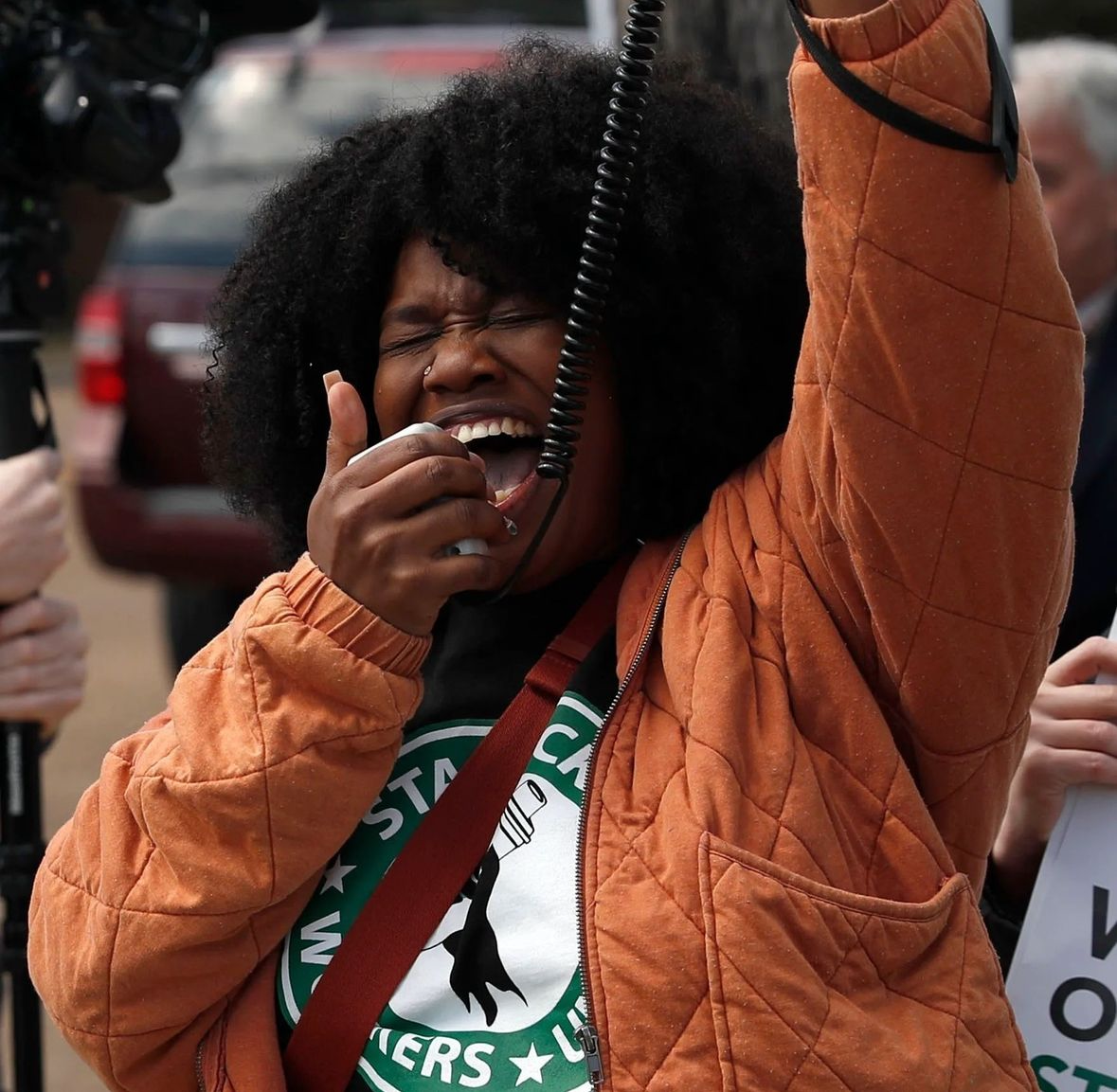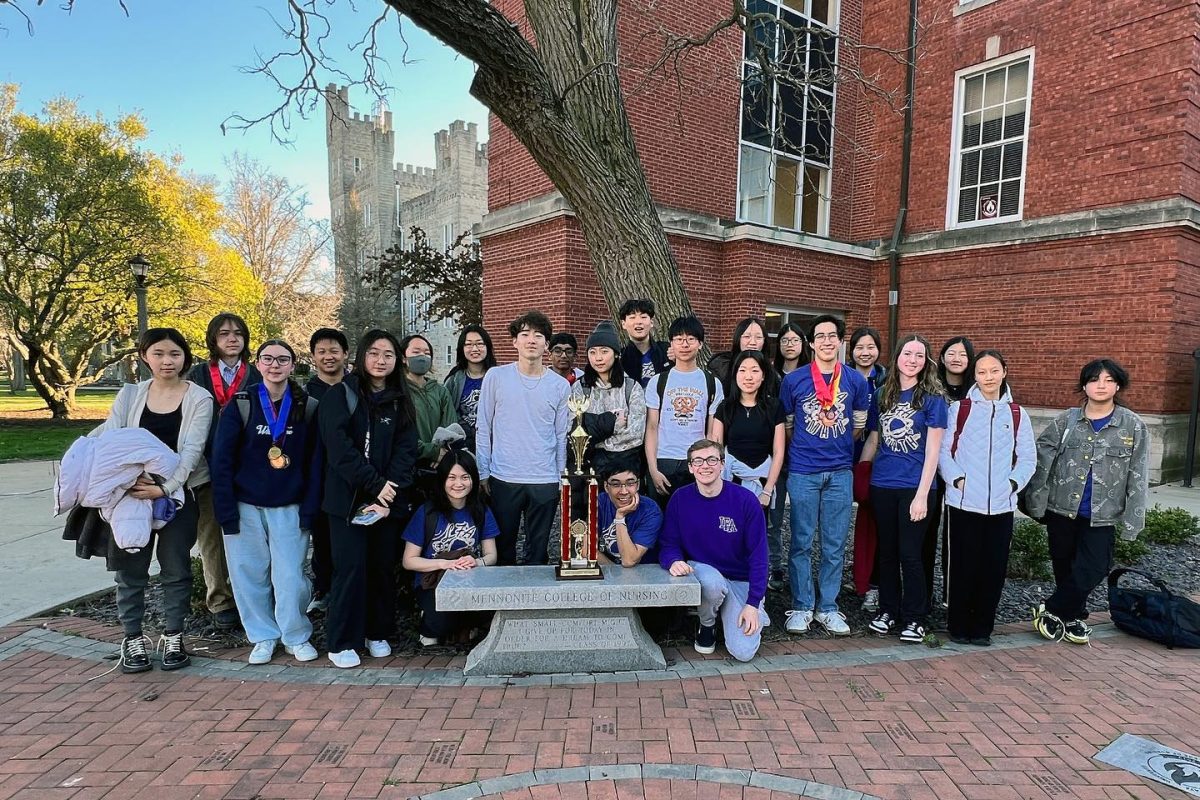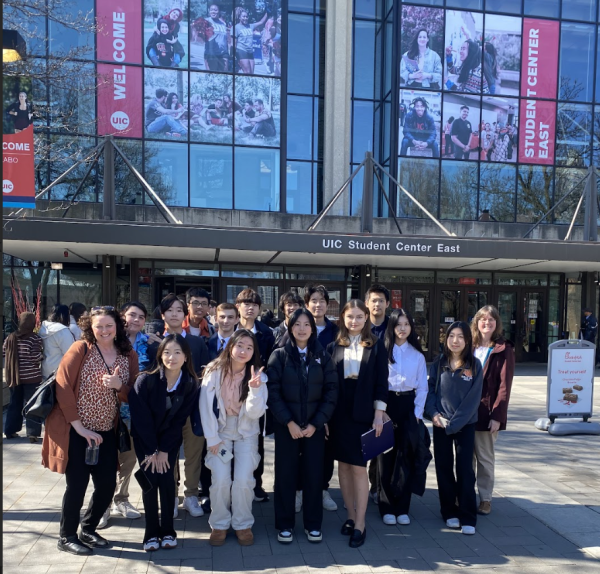What’s up with Chicago: education and violence in the city
Photo by Courtesy of @lightfootforchi on Instagram
Photo of Chicago Mayor Lori Lightfoot engaging in community improvement in Chicago
December 7, 2022
Chicago is a city known for its diverse and vibrant culture, top rated restaurants, and location on Lake Michigan, but recently it’s gained attention for its increasing rates of violence and general infrastructure issues, especially within the Chicago Public School System.
Last year in 2021, Chicago reported the most homicides out of any other city in the United States despite only being the third largest in the country, making the city’s violence disproportionately high, according to NBC News. Most of the crime has been credited to gang violence, however it is involving more and more uninvolved bystanders than it has in the past. The violence has also been credited to the illicit gun trade in Chicago that runs rampant due to the city’s location in the central United States. One reason, though, that officials say could correlate to high violence, is the underfunded public school system that leaves many students and adolescents disadvantaged in terms of education. Being so heavily disadvantaged in education and in other ways forces many kids to resort to violence as a way to survive. When the opportunity for education is closed,
According to Illinois Policy, students in the bottom performing 10% of public schools in Chicago have inadequate reading and math skills and are significantly behind the learning curve for their ages, compared to other schools in the nation. Statistics show public high schools as being even worse off than elementary schools, with only 5% of students at the lowest performing schools meeting state testing standards. The low literacy rates and low performance are not the fault of the students, rather they are victims of their environment and the few opportunities they’ve been given to succeed. These statistics show the importance of having a strong institutional foundation in education systems, because without proper resources, funding, and effort put into schools, the students will be disadvantaged and have a significantly lower chance of academic success.
There are a vast number of reasons as to why the Chicago Public School system is so poor; in recent years and especially post-covid, one of the primary reasons that students aren’t being properly educated is because there is an intense lack of educators present and able to teach them. There is especially a shortage of teachers available for kids with special needs or learning disabilities, which sets those students even further behind than their already-delayed peers. Another general issue within the system is the clear differentiation between schools in more affluent areas in the city versus schools in lower-income neighborhoods. Schools in low-income areas have even less teachers and significantly less funding. When schools are so severely underfunded, the teachers are inturn severely underpaid and thus go on strike or leave the school system entirely.
The issues within the Chicago public school system cannot be resolved without direct intervention from the school board, communication between Chicago’s leaders, and the willingness and commitment needed to reconstruct an entire institution. It’s unclear when real action will be taken to improve the safety and education of Chicago and ensure a progressive future for the city, but until then it’s imperative to stay aware of its issues and continue advocating for all of its citizens.
















